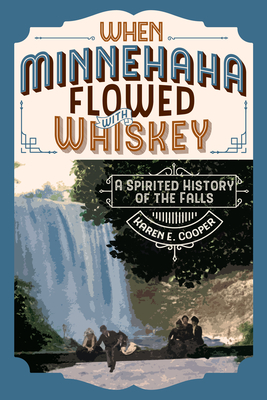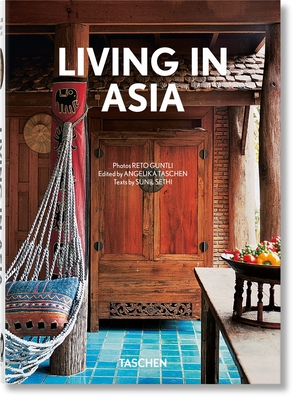
Cooper, Karen E.
product information
description
ls--featuring dance halls, secret saloons, wild behavior, lawsuits, and plenty of whiskey.
But from the 1880s until at least 1912, Minnehaha Falls was a scene of surprising mayhem. The waterfall was privately owned from the 1850s through 1889, and entrepreneurs made money from hotels and concessions. Even after the area became a city park, shady operators set up at its borders and corrupt police ran "security." Drinking, carousing, sideshows, dances that attracted unescorted women, and general rowdiness reigned--to the dismay of the neighbors. By 1900, social reformers began to redeem Minnehaha Park. During the struggle for control, the self-indulgent goings-on there became more public and harder to ignore.
Karen E. Cooper here tells the astonishing stories of the time when Minneapolitans went to the Falls to turn a profit and raise a little ruckus.
Minnehaha Falls in Minneapolis has been a much-loved place for a very long time. Native people visited the Falls for millennia before 1855, when Longfellow's Song of Hiawatha put its "laughing waters" into the American imagination. Tourists from the cities in the East soon began arriving on new railroads to view its picturesque loveliness. And Minnehaha Regional Park is still a favorite place for walking, biking, and glorying in the sights and sounds of the famous waterfall.
But from the 1880s until at least 1912, Minnehaha Falls was a scene of surprising mayhem. The waterfall was privately owned from the 1850s through 1889, and entrepreneurs made money from hotels and concessions. Even after the area became a city park, shady operators set up at its borders and corrupt police ran "security." Drinking, carousing, sideshows, dances that attracted unescorted women, and general rowdiness reigned--to the dismay of the neighbors. By 1900, social reformers began to redeem Minnehaha Park. During the struggle for control, the self-indulgent goings-on there became more public and harder to ignore.
Karen E. Cooper here tells the astonishing stories of the time when Minneapolitans went to the Falls to turn a profit and raise a little ruckus.
member goods
No member items were found under this heading.
Return Policy
All sales are final
Shipping
No special shipping considerations available.
Shipping fees determined at checkout.







